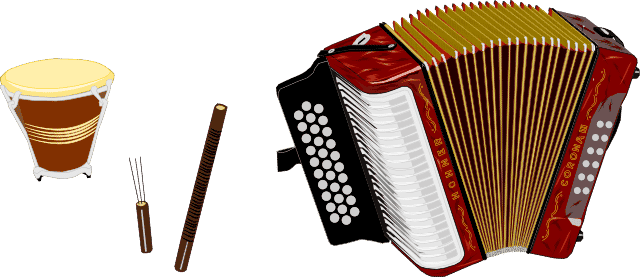
In Hinduism, puja is a ritual of veneration.
The concept of puja has different uses according to the context. According to the dictionary of the Royal Spanish Academy ( RAE ), the term may come from the Vulgar Latin pugia and refer to a sharp point .
end of the pole
The puya, in this sense, is the point at the end of the pole of a cowboy or a picador. These people resort to puja to punish animals. By extension, the pole with this type of tip and any pointed element are known as puya.
A Hindu ritual
In Hinduism and Buddhism , meanwhile, the Sanskrit notion of pūyā appears. Written in our language as puja , puja or puyá , it can be associated with a Hindu ritual for the veneration of deities or with an expression of Buddhist devotion.
Specifically in Hinduism, this ritual can be carried out in honor of one or more deities, and in its protocol there are different activities and symbols that make it unique. For example, it is possible to use incense as an offering ; In this case, the participants spin them in the air, forming circles with the smoke that is released. Another element of the Hindu puja is the ghee lamp, a butter that is used in India, Pakistan and Arabia.
Buddhist puja is performed to honor, worship and show devotion , whether through offerings, chanting or bowing. These are rituals that the faithful can do in their own homes or in community settings, such as temples.
bromeliad plant
Puya can also come from the Latin word puuya and refer to a plant that belongs to the bromeliaceae family group. Puyas are characterized by their white leaves on the underside and their yellow or bluish flowers.
These species, which can measure up to five meters in height , are native to the American continent. Its growth develops slowly. Puya alpestris , Puya berteroniana , Puya chilensis , Puya roldanii and Puya venusta are some types of puyas.
musical air
The puya, finally, is an air or rhythm of vallenato , a musical genre originating in the Colombian Caribbean that is part of the Intangible Cultural Heritage of UNESCO . Its time signature is six by eight.
The most remote origin of vallenato is found in the ancient territory known as Magdalena Grande , which is located between the Magdalena River, the Guajira peninsula and the north of the Andes mountain range. Given that the diatonic accordion is among the most used instruments for this genre, we can affirm that it has a clear influence from European immigrants. This can be seen, for example, in the organization of the stanzas and the meter, which are undeniably based on the tradition of Spain.

The vallenato box, the guacharaca and the accordion, fundamental instruments of vallenato
Another of the main instruments is the so-called vallenata box , which this genre owes to Afro-Colombian slaves. It is a kind of drum that marks much of the rhythm on which the accordion music is based. Finally, the guacharaca , a scraping instrument, is of indigenous origin.
In addition to the puya, the other rhythms of vallenato are the merengue, the son, the drum and the walk. But the puya is the oldest of the five in Magdalena Grande and in its first form it was not sung, but consisted of a rhythm that was intended to imitate the song of certain birds. They also danced in rows in which people kept their hands closed on their chests and pointed their fingers at whoever was in front of them, making characteristic movements.
